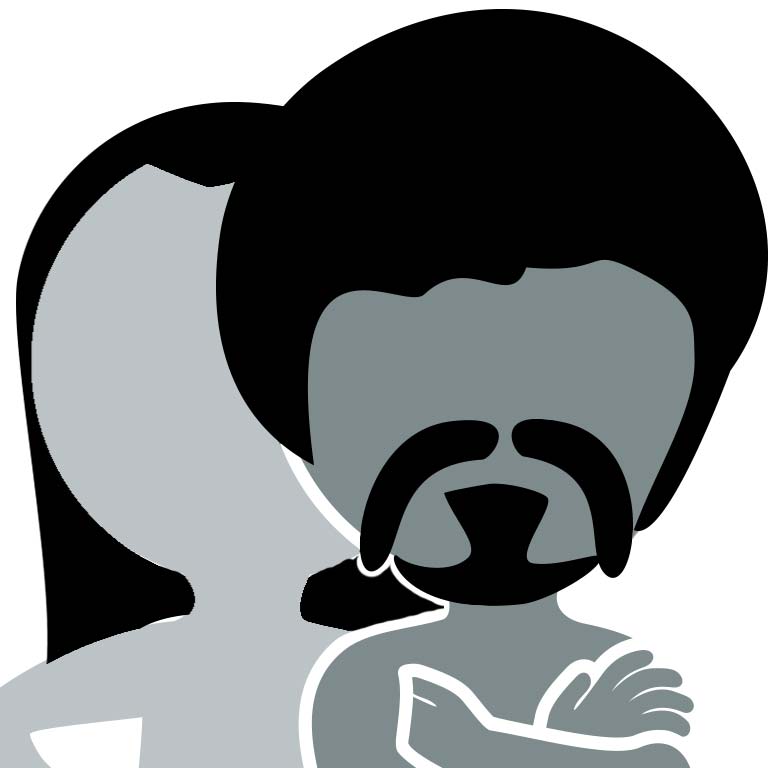Joe Patti published a thought provoking blog late in the day on 8/9/2017; it was so good, it inspired me rewrite today’s article. Titled What Is Required To Create Works That Matter? it examines the cost of doing business from an artistic excellence perspective. I know, “artistic excellence” is jargon du jour in light of recent discussions, but in the end, if we don’t focus on doing something at the highest possible level, even on cyclical schedule, it doesn’t take much for phoning it in to become standard operating procedure.
 “We have an in-school concert in two weeks? Ugh, what can the quartet play that we have in the library?”
“We have an in-school concert in two weeks? Ugh, what can the quartet play that we have in the library?”
“What do we have in the library we haven’t played in 10 years but is well known enough it won’t require any extra rehearsal time?”
“I have to post-date a dozen tweets by 2pm and can’t think of any inspiring marketing copy now, so let’s just call Beethoven 5 ‘beloved’ in next week’s print ad, okay?”
I could go on, and on, and…well…you know.
In Patti’s post, he examines this issue from the perspective of individual artists who can become distracted with the routine business operations of running an artistic business by asks the question “how do you know when you are neglecting the practical requirements of a creative career?” For arts managers and artists inside large ensemble organizations, it’s the same tune with slightly different dance steps.
Where do you draw your inspiration?
How often do you perform a candid self-evaluation of your work (even if everyone around you is seemingly lazy, incompetent, or downright mad)?
In the end, it’s fine to have discussions about the value of artistic excellence but the mind shudders at how refreshing it would be to have discussions about where stakeholders find inspiration and what we, as a field, can do to improve motivation and satisfaction.


